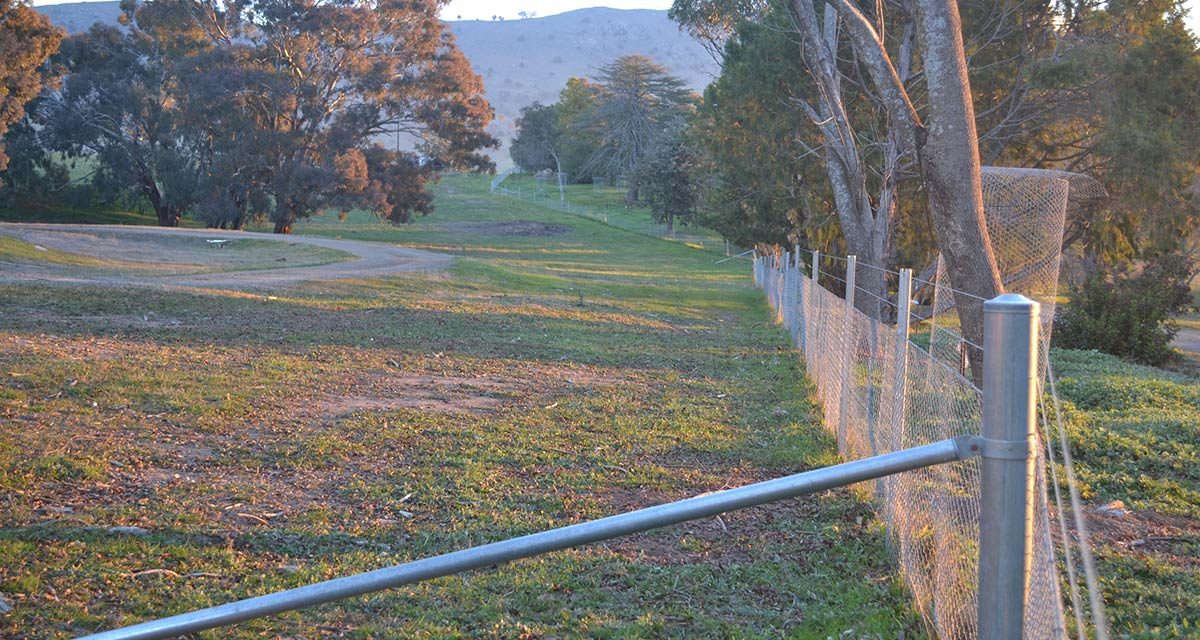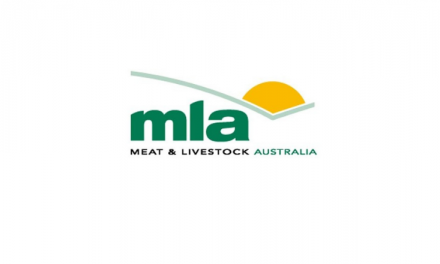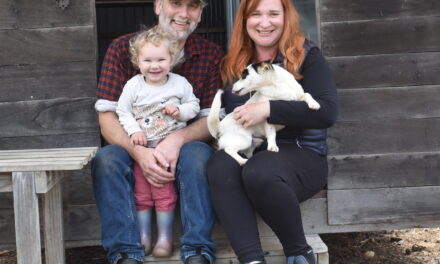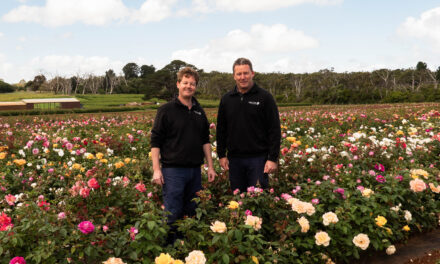Good fences make good neighbours, so the old timers say. But it’s more than that. For small farmers, appropriate fences can mean the difference between economic survival and destruction.
Why? Because just as the skin protects the body from infection, so the fence protects the farm from disease and other problems. Just as damaged skin allows micro-organisms such as bacteria to invade your body, so damaged fences allow livestock, wildlife and exotic pests to invade your farm. They can import – or export – diseases and parasites.
Not much douses the warmth of neighbourly relationships more quickly than lice or footrot contracted across a fence. Fences are your first line of security for your stock – maybe even your standing in the neighbourhood.
And it’s not just your boundary fences that are important. Good internal fences are the backbone of an efficient farming operation.
So what makes a good fence?
- Stock-proofThere is no use going through the expense and hassle of, say, a lice or footrot control program, if your boundary fences aren’t stock proof. A single stray sheep could re-contaminate your whole farm.Similarly, whether you run sheep, cattle, alpacas, deer, pigs, goats or penguins, your breeding program will collapse in chaos if your internal fences can’t keep the males and females separate.Animal health measures break down if treated and non-treated mobs mix. Newly germinated pasture, herbs or vegetables will disappear down the necks of stock that can’t be contained.Fencing is not cheap, but it is an investment in your farm’s productivity.The definition of stock-proof depends in part on the type of stock, your topography and your local pest species.
Farm fences are generally either conventional posts and wires or electric. Some owners stick exclusive to one type, others mix it up. A typical mix would be conventional fencing around the boundary with electric fencing internally.
Conventional fences typically contain:
- a strainer assembly (steel, concrete or treated or natural timber) at both ends and where the fence bends;
- intermediate posts e.g., steel star pickets, concrete or timber; and
- droppers and wire (prefabricated rolls of netting, hinge joint or ringlock or plain wires) tightly stretched between the strainers.
Electric fences rely on an electric shock creating a psychological barrier to prevent stock movements across the fence.
Talk to your local fencing contractor, rural supplies store, Department of Primary Industries (DPI), Landcare group … anyone who knows what constitutes a stock-proof fence in your situation.
- Maintenance To Dorpers and cross-bred lambs ̶ the Houdinis of the sheep world ̶ fences are an obstacle course not a containment mechanism. Goats and deer have similar expertise in escapology.Kangaroos, wallabies and wombats also show no respect for fences. Neither do feral foxes, goats and pigs. They push against the strainers and wires, dig ‘highways’ underneath and ruin the netting.Whatever fence you build, it will need to be monitored and maintained.
- Communication with neighboursA boundary fence is a partnership between neighbours. Talk to yours.You need to agree on the standard of fencing. That is, it should be both effective and cost-effective. How will you divide the labour and dollars? It could be 50:50 on everything, or one neighbour may contribute more dollars, the other more labour. If you border a public road or railway line, you’ll wear the entire cost.Deer farmers can’t reasonably expect neighbours to go 50:50 in a deer fence. Some divide the cost of a standard fence and the deer farmer contributes the remainder.Exclusion fencing (for pests) is usually prohibitively expensive for small farmers, but is more cost-effective as a group project.Boundary fence responsibilities can be divided up many ways. Rotating, for example quarterly? Both to inspect the boundary fence whenever stock are introduced to the relevant paddock?
Regarding fallen trees, will the owner of the land from which the tree fell be responsible? Or will the chainsaw owner provide labour, equipment and expertise while the other pays for fuel and/or wages?
Communication between neighbours is critical for farm biosecurity. How will you handle stray animals? One thing you don’t want is for neighbours to just pop a stray animal back over the fence: that’s a sure-fire recipe for spreading parasites and disease.
Bacteria, viruses and parasites can inflict pain, reduce growth rates, ruin productivity and wear a hole in your wallet. Sick animals mean sick profits.
Feral pests can carry diseases such as Hendra virus (via horses), lyssa virus, anthrax, bird flu, psittacosis, Murray Valley encephalitis, Q Fever, hydatids, toxoplasmosis that can infect humans.
They may also carry livestock diseases, including Johne’s disease, sheep measles, leptospirosis and anthrax. Ask your vet, DPI or rural supplies store for advice on treatments.
A good boundary fence is the first step towards protecting your animals’ health.








